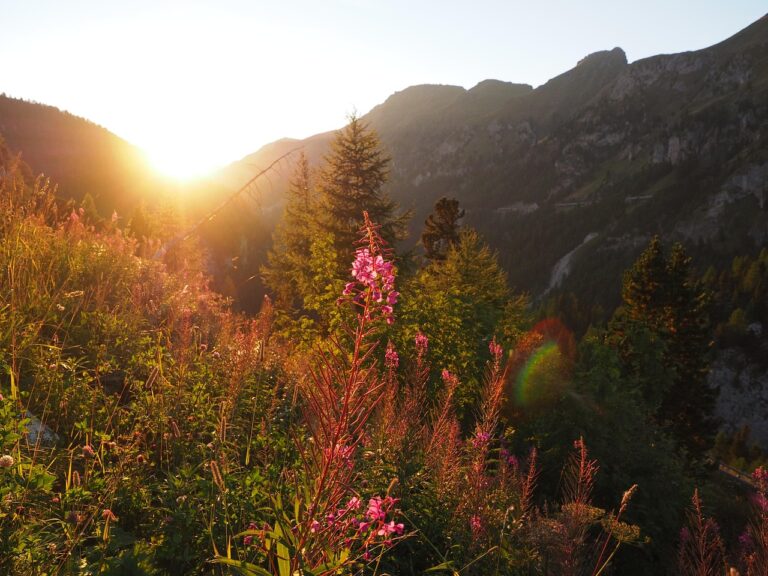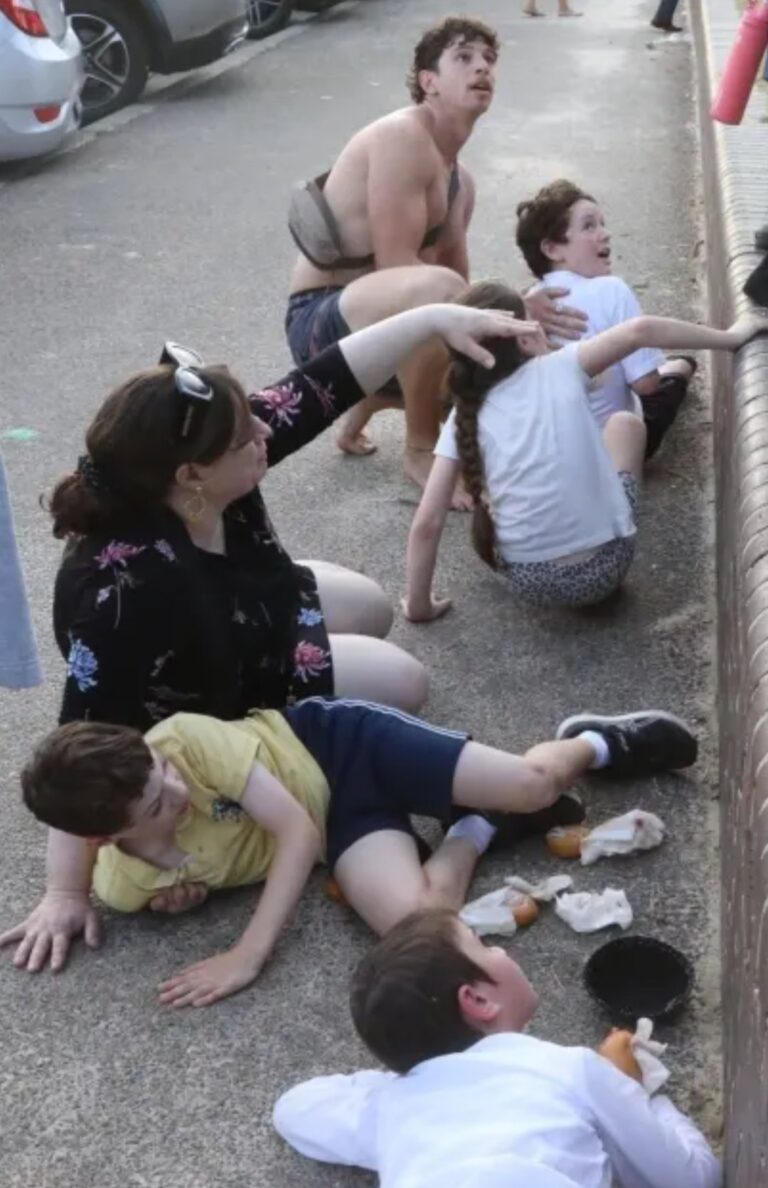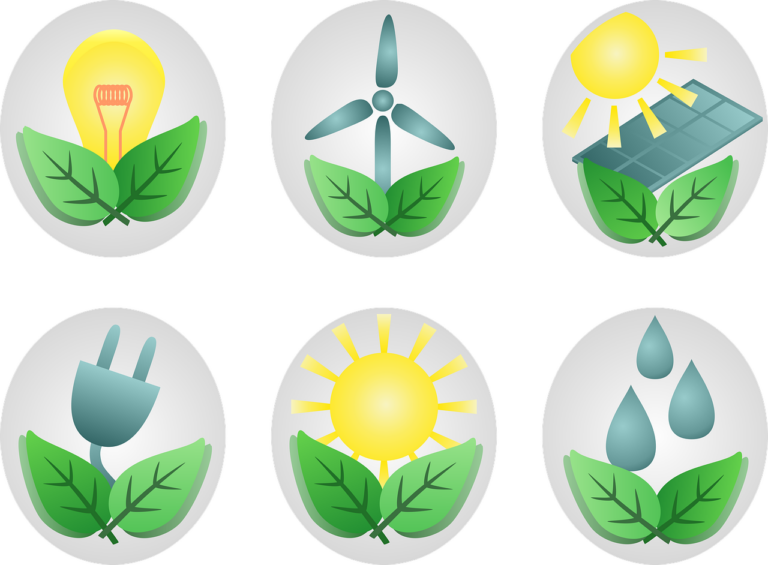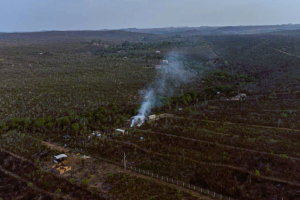
The changing fire regime in the Brazilian Cerrado
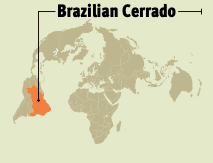 The Cerrado is a Brazilian tropical savanna – a fire-prone biome that covers almost 2 million square km of which less than 60 per cent remains as natural vegetation. Only 3 per cent of the original area is currently protected (Ferreira et al. 2020), although the Cerrado is considered the most botanically diverse savanna and is recognised as a biodiversity hotspot. The region experiences increased fire activity from August to October and has historically accounted for more than half of Brazil’s annual burnt area (Figure 2.5). The use of fire for land conversion is common, and the highest fire activity is observed in regions where most of the biome’s natural vegetation cover remains, along the new agricultural frontier (“MATOPIBA”, the region comprising the Brazilian state of the Tocantins and some parts of the states of Maranhão, Piauí and Bahia) and in the transitional area between the Cerrado and Amazonia biomes (also known as the Arc of Deforestation) (Silva et al. 2021).
The Cerrado is a Brazilian tropical savanna – a fire-prone biome that covers almost 2 million square km of which less than 60 per cent remains as natural vegetation. Only 3 per cent of the original area is currently protected (Ferreira et al. 2020), although the Cerrado is considered the most botanically diverse savanna and is recognised as a biodiversity hotspot. The region experiences increased fire activity from August to October and has historically accounted for more than half of Brazil’s annual burnt area (Figure 2.5). The use of fire for land conversion is common, and the highest fire activity is observed in regions where most of the biome’s natural vegetation cover remains, along the new agricultural frontier (“MATOPIBA”, the region comprising the Brazilian state of the Tocantins and some parts of the states of Maranhão, Piauí and Bahia) and in the transitional area between the Cerrado and Amazonia biomes (also known as the Arc of Deforestation) (Silva et al. 2021).
In recent years, increased deforestation for agriculture, fire suppression policies, and regional climate changes have led to an increasingly altered fire regime. Late dry season fires have become more frequent in many regions of the Cerrado, with extreme wildfires occurring every two to three years, burning both fire-resistant and fire-sensitive vegetation.

The Cerrado is projected to experience increasing temperatures, lower relative humidity, and altered precipitation regimes for the remainder of the century. A recent study suggests that weather factors are responsible for more than two-thirds of inter-annual variability in the Cerrado burnt area. Using IPCC’s climate change scenarios (RCP2.6, RCP4.5, and RCP8.5), the burnt area is expected to increase in the Cerrado, associated with a higher probability of extreme events (see Figure 2.6 for an explanation of the RCPs). The medium CO2 stabilization scenario, RCP4.5, indicated a 39 per cent increase in the burnt area by 2100, while the most ambitious CO2 mitigation scenario, RCP2.6, resulted in a 22 per cent increase by 2050 compared with the historical period, followed by a decrease to 11 per cent by 2100. The conditions predicted under RCP2.6 show the importance of limiting global warming to 1.5°C by the end of the century to minimise the environmental and social costs associated with wildfires in the Cerrado.

Excerpts from Spreading like Wildfire – The Rising Threat of Extraordinary Landscape Fires. A UNEP Rapid Response Assessment. Nairobi. United Nations Environment Programme (2022).
– global bihari bureau



